
Image Source: USPTO
Thirty percent of respondents to a survey of applicants using the U.S. Patent and Trademark Office’s (USPTO’s) Patent Pro Bono Program (PPBP) were African American or Black and 41% were female, according to the latest USPTO Director’s Blog.
The demographic data were collected voluntarily in 2021 from the 21 regional programs that administer the PPBP, as part of the broader goal of diversifying the patent system. A 2019 USPTO study found that only 12.8% of all inventors named on U.S. patents are women, while a Harvard study said that white individuals are three times more likely to invent than Black individuals.
The survey also found that 14% of respondents in the program self-identified as Hispanic. Another 1.5% identified as Native American, and 5.6% identified as either Asian, Pacific Islander, or Hawaiian Native, “which are all higher than existing proportions in the U.S. population, according to the 2010 U.S. Census Data,” said the blog post.
The PPBP was launched in 2011 and, to date, has served 3,400 applicants. To qualify, applicants, who can be individuals or small businesses, must meet the following eligibility criteria:
- Income: Must be less than three times the federal poverty level guidelines.
- Knowledge: You must demonstrate knowledge of the patent system in one of two ways: (1) have a provisional application already on file with the USPTO, or (2) successfully complete the certificate training course (certificado de formación en español).
- Invention: You must be able to describe the particular features of your invention and how it works.
Eligible applicants are matched with patent practitioner volunteers. So far, the program has helped applicants to file more than 1,800 patent applications.
Building on the success of the PPBP, the Office launched a Trademark Trial and Appeal Board Pro Bono Program and plans to launch a similar program for the Patent Trial and Appeal Board.
The USPTO first began quantifying demographic data in its early 2019 report, “Progress and Potential: A profile of women inventors on U.S. patents,” which outlined trends in women inventors named on U.S. patents from 1976 to 2016. That report found that “[i]n the last decade, all-female invented patents constituted only about 4% of issued patents. Accordingly, the growth in women inventorship, as measured by the share of patents with at least one female inventor, is almost entirely due to women’s participation on gender-mixed teams.”
Later in 2019, the USPTO released its report to Congress required by the SUCCESS Act of 2018 identifying publicly available data on the participation rates of women, minorities, and veterans in the patent system. The report found that there is limited information on these groups and made recommendations regarding legislation and initiatives to increase participation rates. The Innovation Alliance issued a statement at the time in which Executive Director Brian Pomper said that the report ”highlights the need to expand efforts to promote patenting among women, persons of color, veterans and low-income individuals [and] emphasizes that there is currently insufficient data on the demographic characteristics of inventors and patent holders, making a strong case for enhanced data collection efforts.”

![[IPWatchdog Logo]](https://ipwatchdog.com/wp-content/themes/IPWatchdog%20-%202023/assets/images/temp/logo-small@2x.png)
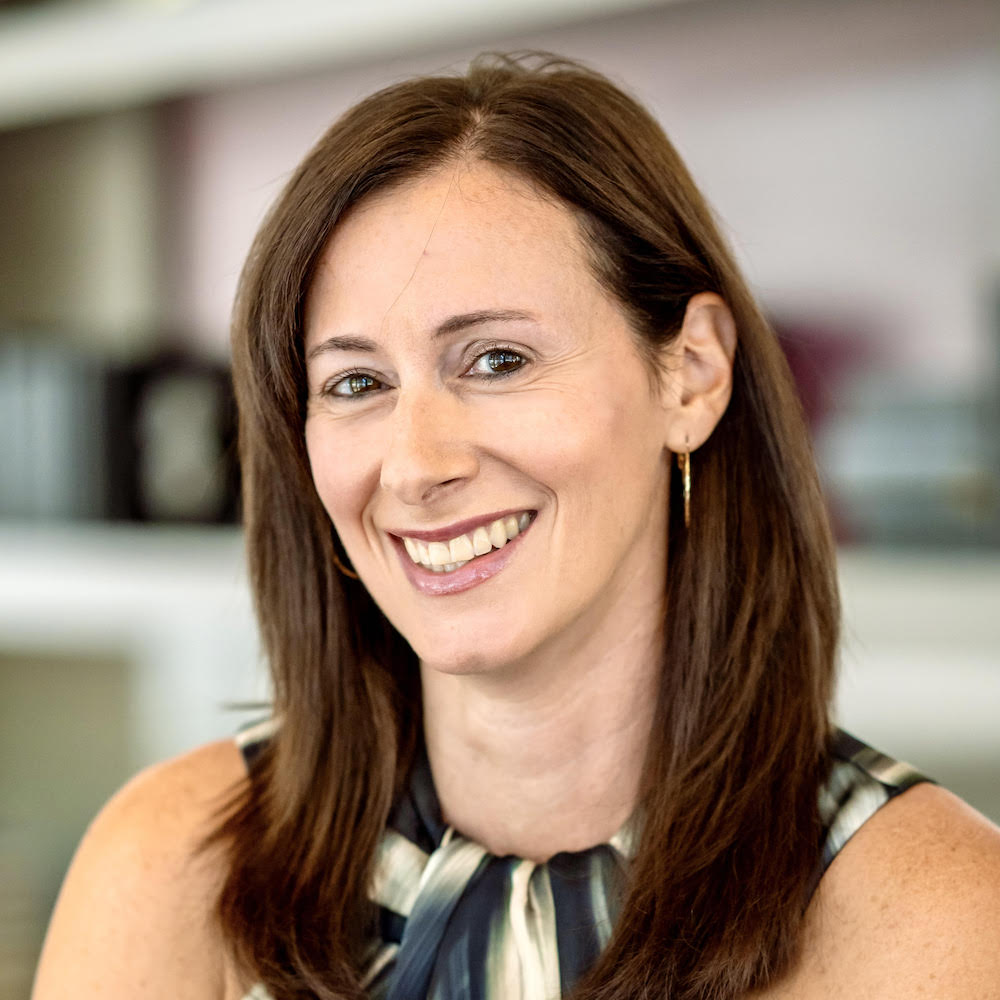
![[Advertisement]](https://ipwatchdog.com/wp-content/uploads/2024/04/Patent-Litigation-Masters-2024-sidebar-early-bird-ends-Apr-21-last-chance-700x500-1.jpg)

![[Advertisement]](https://ipwatchdog.com/wp-content/uploads/2021/12/WEBINAR-336-x-280-px.png)
![[Advertisement]](https://ipwatchdog.com/wp-content/uploads/2021/12/2021-Patent-Practice-on-Demand-recorded-Feb-2021-336-x-280.jpg)
![[Advertisement]](https://ipwatchdog.com/wp-content/uploads/2021/12/Ad-4-The-Invent-Patent-System™.png)
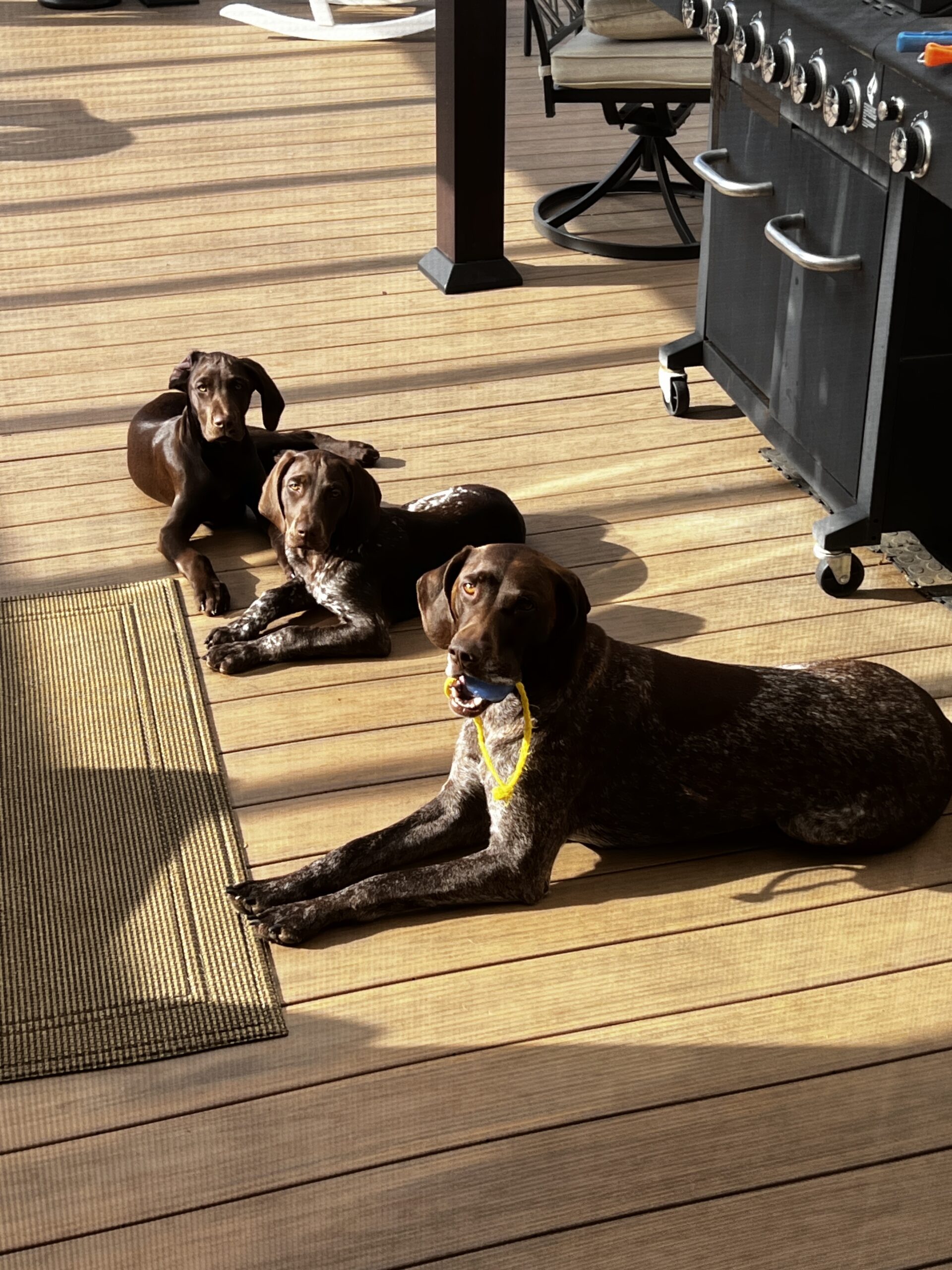

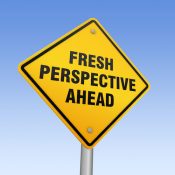
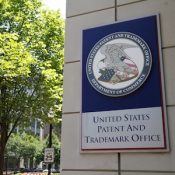

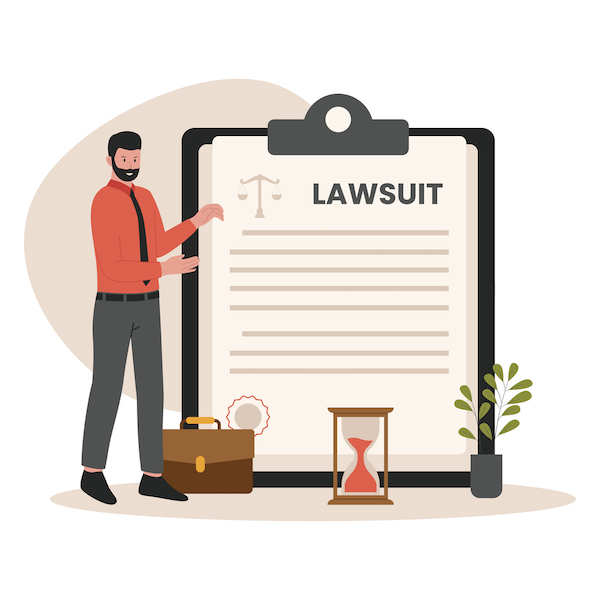

Join the Discussion
3 comments so far.
Pro Say
March 28, 2022 12:31 pmThe Patent Office is to be congratulated for providing such a valuable program for those with the greatest need.
Now; about getting the PTAB Death Squad to respect the patent-allowance decisions of the Examiners . . .
Warren Tuttle
March 27, 2022 10:06 amGreat article! Thank you kindly for the coverage. As an original member of the 501c3 Patent Pro Bono Advisory Council, serving many years alongside Chairman Jim Patterson, Dave Kappos, Angela Grayson, Nina Wang and Kirk Dammen, it’s wonderful to see the program growing and paying dividends for those who might otherwise be excluded from the US innovation ecosystem.
Anon
March 24, 2022 05:49 pmAside from the gratuitous virtue signaling, the percentages provided left me wondering how accurate they were — given that all responses were voluntary.
Are the percentages presented here based on all possible participants (and thus including those who chose not to participate in the poll), or are they based merely on the sample size of those responding (which invites an immediate error caveat)?